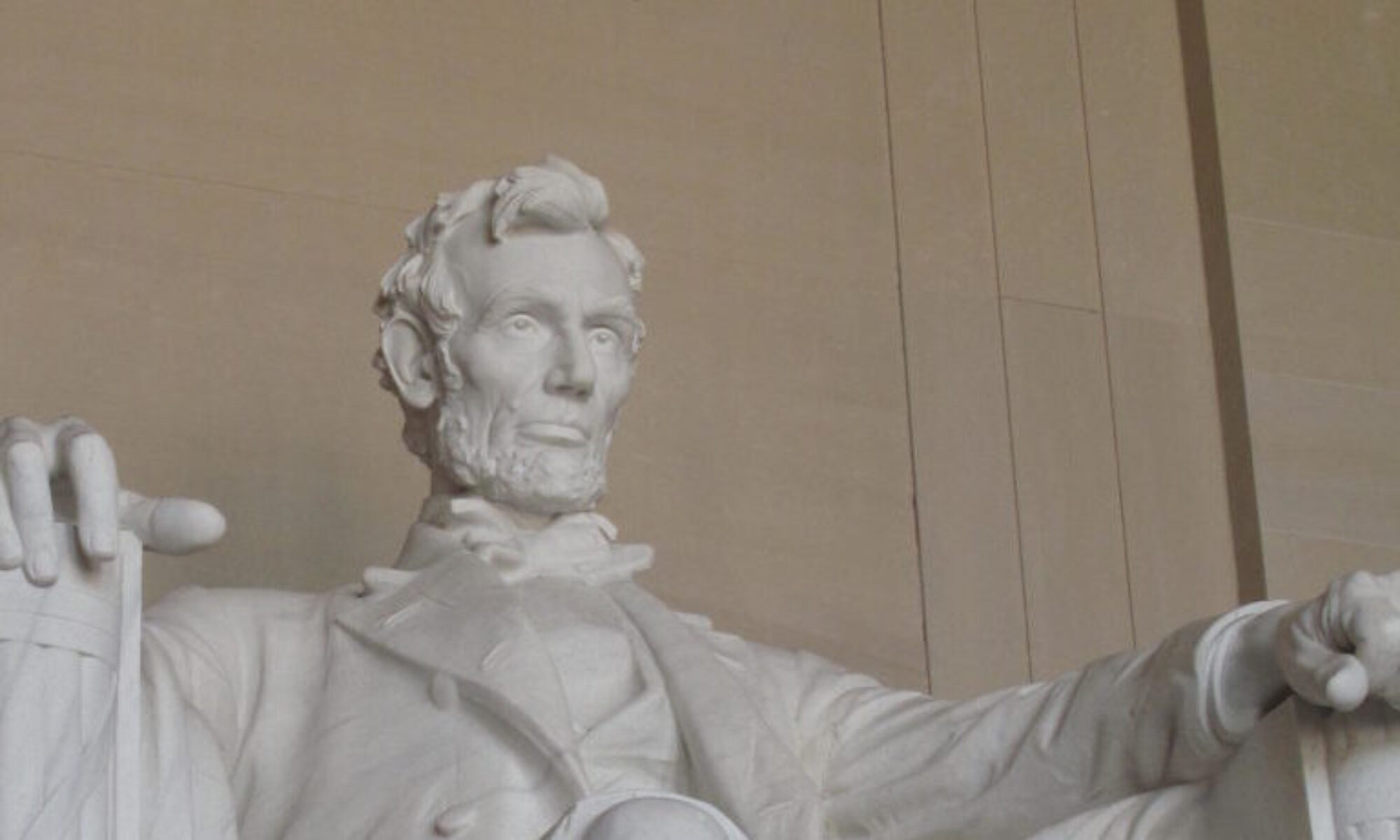Michael White of the London Telegraph noted a momentous occasion this week as one of the scions of classical music finally stepped down after fifty years and turned his magnificent creation formally over to a new generation. Though ensemble and chamber orchestra certainly pre-dated him, Sir Neville Marriner has become inexorably linked with the musical format through his creation and development of the Academy of St. Martin in the Fields. The ensemble first performed in 1959, associating itself with the magnificent church built in 1726 on Trafalgar Square in London. The structure of the group initially of the group was in the classic form of a chamber orchestra as a leaderless ensemble, with Sir Neville as its lead violinist. Sir Neville’s mission was a specific one; to bring connection to the musical public of the works of so many composers that had found themselves swallowed in time by the classical and romantic behemoths of the 19th and twenthcentury in classical performance. The provision of larger and larger orchestras to achieve the sonic sound requirements of symphony had biased the listener against the timbre and intimate context of ensemble playing, and had as a result, committed to the “dustbin” of history many tremendous works of music by composers who had been giants in their own time. It is the unique achievement of Sir Neville and the St Martin in the Fields ensemble that the rebirth of great composers such as Telemann, Albinoni, Vivaldi, Boccherini, and Purcell, as well as the greater appreciation of the known giants George Frediric Handel and Johann Sebastian Bach, are synonymous with St Martin’s recorded performances.
Baroque and classical musical style loosely fit the diverse musical creations of European composers from 1600 to 1800 and reflect the ornate architectural style and the dominant position of both religious life and monarchical administration dominating Europe at that time. The music was performed most commonly in the venues of the church service or for the benefit of the royal court; public performances were not focus of the composers, whose livelihood was derived almost purely from benefactors, not ticket sales. The period instruments, and the venues were intimate, the musical creation mathematical, precise, and introspective. Yet, as Marriner helped the world rediscover, some off the most beautiful melodies and sonic poems were present in these compositions. Sir Neville did not attempt to recreate the precise sound of the time on period instruments, but rather to uncover the beautiful encased musical expressions using modern instruments and performers in a fashion the modern audience could relate to and understand. The return to rotation of such lyrical and elevating compositions as Albinoni’s Adagio in G Minor, Handel’s Water Music, Vivaldi’s Four Seasons, and Bach’s Brandenberg Concertos were made approachable by St Martin’s revitalized treatments, and became permanently linked to their performances. Having changed the public’s capacity for smaller ensemble and string orchestra play, Marriner expanded St Martin’s personality to many new territories over the years, additionally branding such diverse composers such as Mozart, Beethoven, Tchaikovsky, and Bartok, the modern English composers such as Vaughn Williams and Britten, and format additions with wind instruments and soloists, to the St. Martin style. St. Martin’s became the sought after deliverer of some of the most recognizable movie scores of the past decades, producing massively popular recordings for Amadeus, English Patient, and Titanic. Sir Neville and St. Martin’s eventually compiled a massive discography of over 500 recordings, and no musical collection is considered complete without multiple St. Martin interpretations of the entire expanse of musical expression over the last 4oo years.
In 197o, Sir Neville Marriner left the player’s chair and assumed the conducting role of St Martin in the Fields, creating the most identifiable music musical ensemble sound in modern recording over the past 40 years. At age 87, he has determined the health of this prestigious group needs a new leader not an old icon, and has turned the baton over to Joshua Bell, the American musical prodigy now solo artist from Indiana, who has the challenge of maintaining this ensemble’s reputation as the leading chamber orchestra in the world. It is no small task for Bell, given his roots in orchestral solo performance, to maintain the traditions and sound that have made Sir Neville’s little group one of the most recognizable classical music performers on today’s musical stage. The latest trend in chamber performance is a return to period instruments and original scores that St Martin’s evolved away from so many years ago. It will be Bell’s obligation to remind the world why Marriner moved away from those devices on creating the modern chamber sound. Its no longer about appealing to church leaders and amusing royalty, its about celebrating the magnificence of the music to the shared pleasure of us all.
http://youtu.be/pZ7hR_b0TIE
